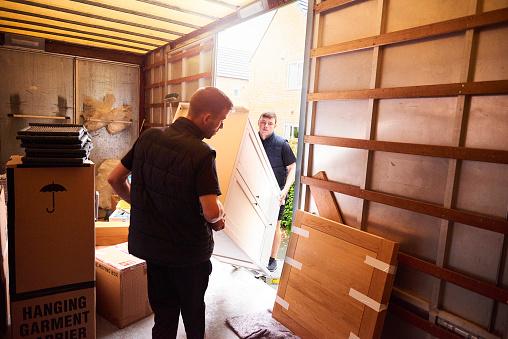This text was written by a TecMundo columnist; Learn more at the end.
“I move around a lot at work, I don’t need exercise”, have you ever heard someone say that? That person is probably Their job has a high energy demand and they believe this can be good for their health and that physical exercise is not necessary. However, based on the way this is going, that doesn’t seem to be the case.
I was at a weight training gym these days and about three general service workers were cleaning the training area where I was doing some exercises. They lifted weights to sweep and mop, and the question came to my mind: Is the effort of lifting and cleaning these weights good for your health?
Do they train before or after work? I asked the girl closest to me if she could work out at the gym before or after work. She confirmed that she could but did not. Reason? Tiredness. Lack of energy due to work.
Physical activities are generally distributed in four contexts: domestic (such as washing dishes and cleaning the house), transport (such as walking or cycling to work), occupational (during work – in the case of cleaning staff at the gym) and during leisure (going to the gym or exercising like to do). The general recommendation for the population is to move more during the day, increasing physical activity in different contexts..
It has attracted the attention of researchers due to the phenomenon called occupational physical activity. “The physical activity paradox”. Understand why.
The paradox of physical activity
A. occupational physical activity that occurs during workThe activity that a bricklayer does on a construction site or a loader in a warehouse may not provide the cardiovascular benefits that recreational physical activity does, such as going to the gym for an hour.
In fact, it can still be harmful to your health, so it’s a paradox.
Scientific evidence has shown that high levels of occupational physical activity are associated with mortality (men), anxiety and depression, as well as osteoarthritis and sleep problems (quality and duration).

One of the most recent studies compared the physical activity of patients with cardiovascular disease in their leisure time and at work. The first type of physical activity protected against all causes of death, as well as diabetes and cardiovascular events. Physical activity at work increased the risk of these problems, confirming the physical activity paradox.
Researchers have proposed six reasons that explain this paradox regarding physical activity, namely that physical activity is not always good for you. Being the final target of the latest investigation.
How can the physical activity paradox be explained?
one. Physical activity during work is of low intensity and long duration, making it difficult to improve cardiorespiratory fitness and cardiovascular health. Instead of exercising at 60% to 80% capacity while running outdoors or on a treadmill, such as an 8-hour workout at 30% of maximum aerobic capacity.
two. Increased heart rate during and after work and the increase in the 24-hour average are risk factors for death and cardiovascular diseases.
3. Static postures and carrying weights at work can increase blood pressure; This is a consistently high risk factor. Like a water cylinder deliveryman who has a hard time lifting and carrying containers.
4. Working for long periods of time without adequate rest can cause fatigue and exhaustion.
5. There is little worker control over the environment and safety. Like working outside for 8 to 12 hours.
6. Occupational physical activity increases inflammation levels. Ongoing systemic inflammation through markers such as C-reactive protein is hypothesized to be a pathway to atherosclerosis and other cardiovascular diseases.
It is important to note that the increased risk of health problems and death is not solely due to high levels of physical activity in the workplace. Some other variables affect these results.
On the other hand, Physical activity in your spare time brings opportunities for enjoyment, autonomy, perception of competence and socialization. Often something that works does not give us the opportunity to do this.
But could this risk be reduced if workers were able to exercise? Probably. But this can be a big challenge, due to the high energy expenditure during work, the obstacle pointed out by the girl I asked, lack of energy, can be common. However, if it is an enjoyable exercise or sport, I believe there will be time and energy for this valuable experience.
****
Fábio Dominski He holds a PhD in Human Movement Sciences and a degree in Physical Education from Santa Catarina State University (UDESC). He is a university professor and researcher at the Laboratory of Sport and Exercise Psychology (LAPE/CEFID/UDESC). He is the author of the book Exercising Físico e Ciência – Fatos e Mitos and hosts the program Exercising Físico e Ciência on UDESC joinville radio (91.9 FM); the program also Available as a podcast on Spotify.
Source: Tec Mundo
I’m Blaine Morgan, an experienced journalist and writer with over 8 years of experience in the tech industry. My expertise lies in writing about technology news and trends, covering everything from cutting-edge gadgets to emerging software developments. I’ve written for several leading publications including Gadget Onus where I am an author.













